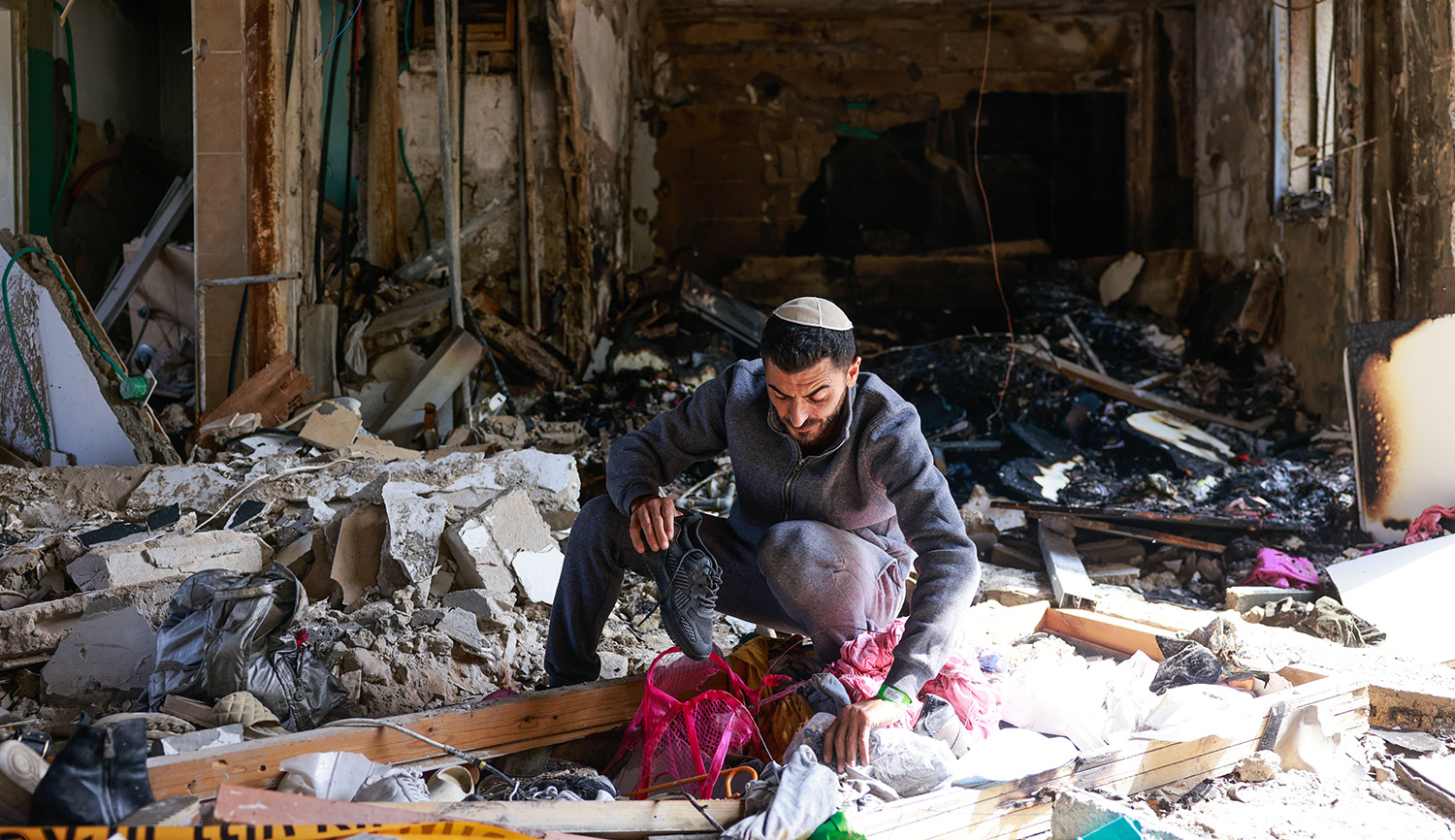In the two decades before World War II, American Jews occasionally returned to their or their parents’ Polish cities and shtetls, and sometimes they recorded what they saw on film. From this footage, the Hungarian cinematographer Peter Forgács has created a video installation, Letters to Afar, now on display at the Museum of the City of New York. Spliced together, set to music, and “variously doubled, frozen, mirrored, slowed down, or staggered,” the result plays on nine different screens. J. Hoberman reviews the exhibit and reflects on its unusual medium:
Letters to Afar, which was co-commissioned by the Museum of the History of Polish Jews in Warsaw, is also, in some ways, a belated successor to the Jewish Museum’s influential 1976 exhibit Image before My Eyes, a show that drew on YIVO’s vast collection of prewar Polish photographs. The effect, however, is different. A photograph is a memento mori; photographic motion pictures are something else. Life is not frozen but animated. The technique immerses viewers in a rich and paradoxical experience—a teeming emptiness, a pensive hubbub. Bombarded by light, one is surrounded by a multitude of phantoms massing in shtetl marketplaces, gathering in rural cemeteries, parading on Warsaw boulevards, peering out of Lodz slums, playing in open fields, and otherwise observing what the film-artist Ken Jacobs [called] the “vivacious doings of persons long dead.”
More about: Film, Jewish museums, Polish Jewry, Shtetl


